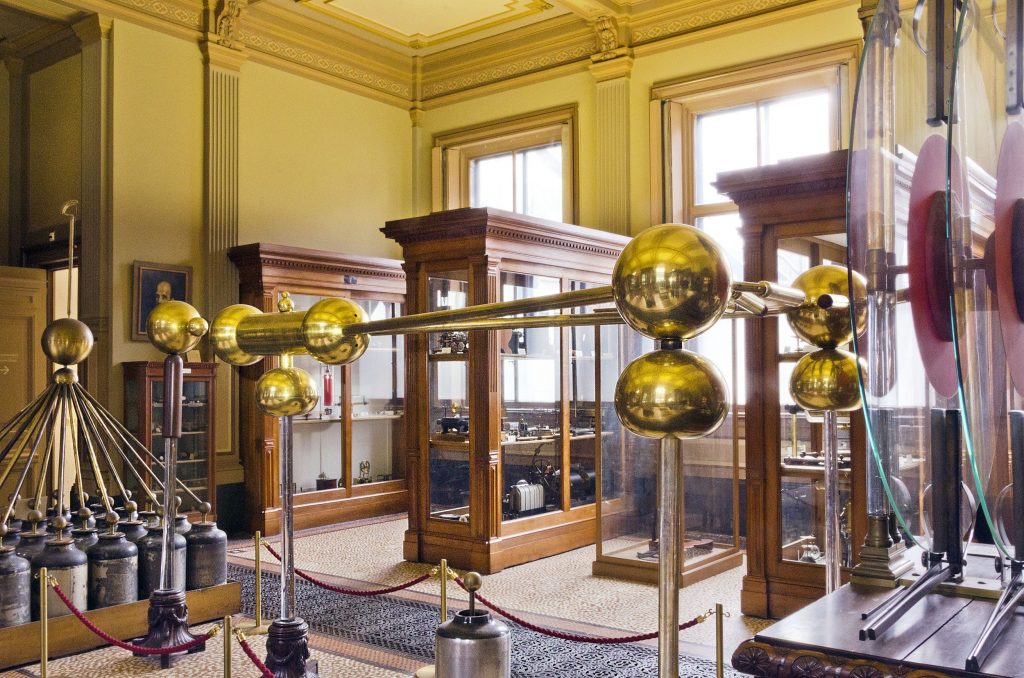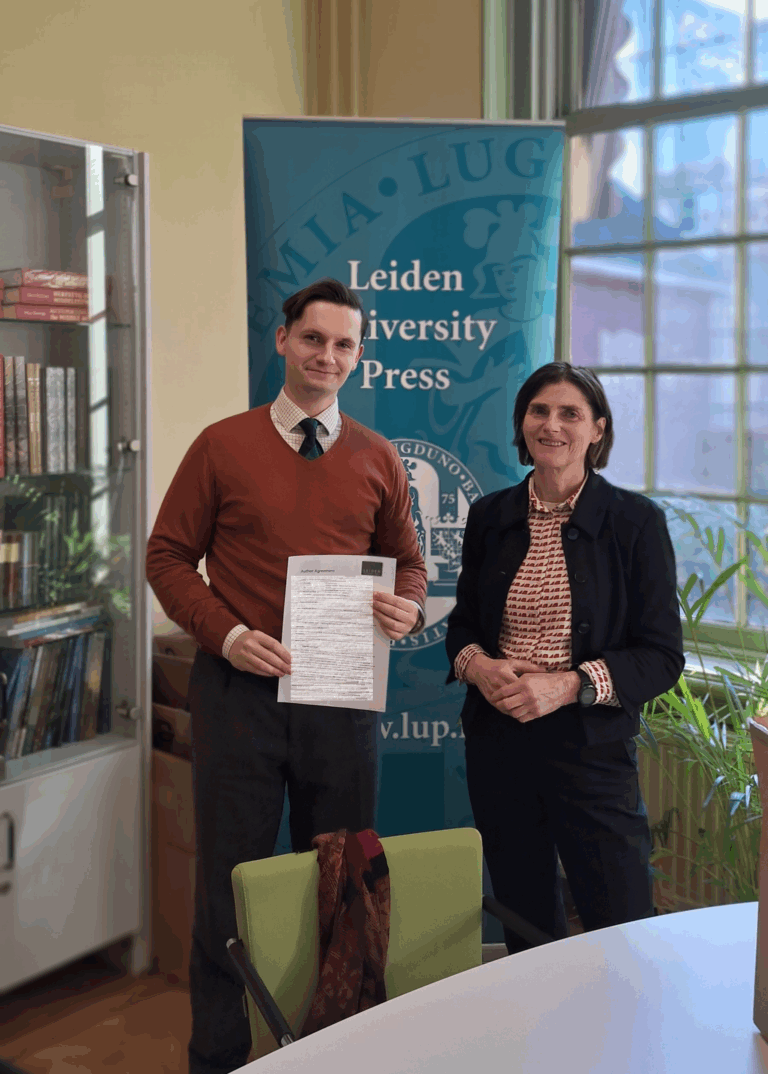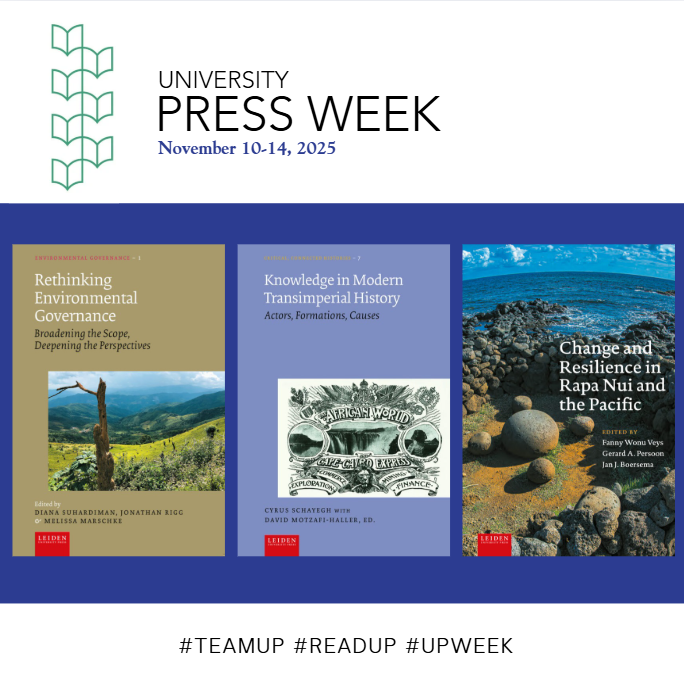By writer Jan Wim Buisman in a featured series about his book Lightning in the Age of Benjamin Franklin. This blog was originally published by the John Adams Institute.
Benjamin Franklin visited the Dutch Republic on two occasions. When he and his son William travelled in the Austrian Netherlands and the Dutch Republic in August and September 1761, they made certain to visit the great scholar Petrus van Musschenbroek in Leiden. This professor, whose consequential invention of the Leyden jar in 1746 was mentioned in the previous blog, was one of the first Dutch scholars to repeat Franklin’s experiment, flying kites during thunderstorms. The visit proved to be just before Van Musschenbroek’s death. When Franklin was passing through the Dutch Republic again in June 1766, he visited Rotterdam and met the city physician Salomon de Monchy (1716-1794) and his son. The visit was not without result: three years later, when Salomon had become one of the founders of the Batavian Society of Experimental Philosophy, Franklin was offered a corresponding membership, an honor the American graciously accepted.

Thunder House scale model (Museo Galileo, Florence – CC BY-SA 4.0)
Despite the enthusiasm of some prominent scholars, it was not until the 1770s that favorable publicity for the lightning rod became more widespread in the Dutch Republic, partly in popular science. The wider implementation of the new ideas did not truly gain momentum until the late 1770s. It was often the direct or indirect reaction to an accident when people realized that in the long run, a lightning conductor saved more than it cost. That’s why early installations in the Republic were mainly the result of private initiative. At the heart of this development were the so-called learned societies, enlightened settings in which theoretical reflection always went hand in hand with the carrying out of experiments, some of which involved scale models known as “thunder houses.”
This kind of scale models were used as a means to introduce the lightning conductor. The house has hinged walls and a brass rod, that’s charged by an electrostatic generator. The small amount of gun powder inside the house explodes as soon as the lightning-conductor circuit is broken. If, instead, the metal wire remains uninterrupted, the electricity will be discharged to the ground, leaving the house intact.
So, around 1780 the first non-experimental lightning rods were installed in the Dutch Republic, entirely in line with developments elsewhere in Europe. History even speaks of a “tipping point” around 1780, as shortly afterwards the extraordinary number of thunderstorms that occurred during the hot summer of 1783 (see the previous blog) led enlightened princes in Germany to launch an energetic program of installing lightning rods, supported by a major media campaign.

‘Prometheus Brings Fire to Mankind’ by Heinrich Füger (1790 or ca. 1817)
Sometimes, the introduction of Franklin’s invention was met with fierce opposition, in Europe as well as in America. As we will see in the next blog, the lightning rod was frequently blamed as an expression of human hybris. Consequently, Benjamin Franklin himself became a bone of contention between traditionalists and enlighteners. On the one hand, the inventor was hailed as a modern Prometheus who daringly had stolen fire from the gods. Now people could take their fate in their own hands. In fact, had man not already succeeded in playing God by imitating lightning in scale-model experiments and freely manipulating it? More religiously-minded people however regretted what they considered to be a metaphysical revolt.
It was only during the nineteenth century that Dutch opposition to the lightning rod lessened. Franklin’s reputation improved accordingly. A Dutch clergyman unconcernedly sang a song of praise of this “pious” American, regarding his invention as the answer to his prayer and even giving the lightning rod a religious sanction by comparing it to the bronze serpent that Moses set up in the wilderness.
 Jan Wim Buisman (1954) is a retired Lecturer on the History of Christianity, with a special focus on the early modern period. He is now affiliated as guest researcher at the Leiden University Centre for the Study of Religion. He has written extensively on the history of religious mentalities and the impact in the Netherlands of natural disasters on views of God, man, and nature, between 1750 and 1830. Click here to order the book, ‘Lightning in the Age of Benjamin Franklin: Facts and Fictions in Science, Religion and Art’ by author Jan Wim Buisman. Use discount code jai50.
Jan Wim Buisman (1954) is a retired Lecturer on the History of Christianity, with a special focus on the early modern period. He is now affiliated as guest researcher at the Leiden University Centre for the Study of Religion. He has written extensively on the history of religious mentalities and the impact in the Netherlands of natural disasters on views of God, man, and nature, between 1750 and 1830. Click here to order the book, ‘Lightning in the Age of Benjamin Franklin: Facts and Fictions in Science, Religion and Art’ by author Jan Wim Buisman. Use discount code jai50.
(top image: electrostatic generator with Leyden jars (left) for the storage of electricity – on display at Teylers Museum).





